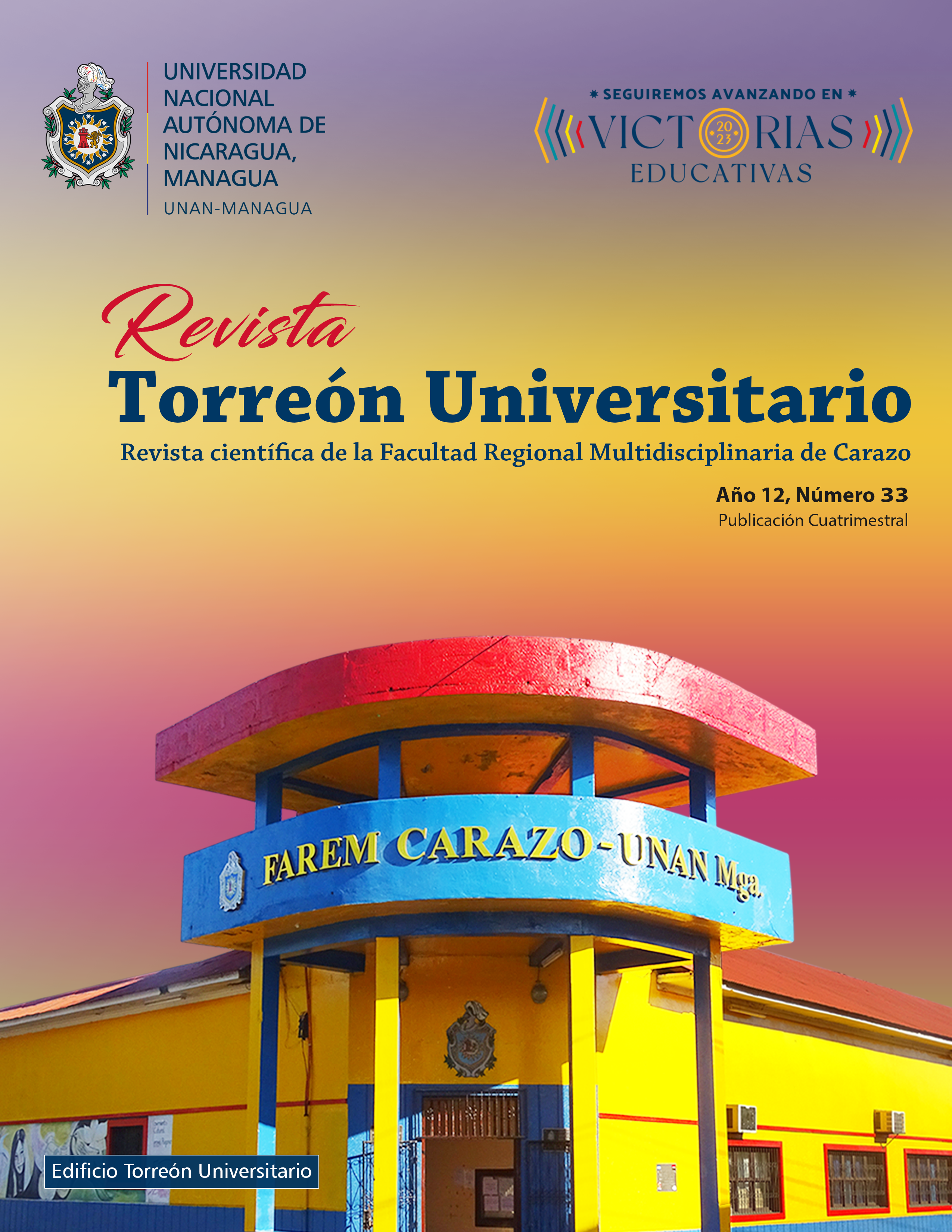Should the significance level in a hypothesis test be so small?
DOI:
https://doi.org/10.5377/rtu.v12i33.15886Keywords:
testing, hypothesis, significance, level, regionAbstract
In class sessions of Statistics and Probability in the content of Hypothesis Testing, the following question is asked to the professor: why use such a small significance level in most of the proposed exercises? The teacher answers: "to be almost 100% sure", an answer almost similar to the one given in the bibliographies related to the subject, but in this study a criticism or observation is made to the effect that this answer is inadequate and, on the contrary, the significance level should not be so small. The objective of this document is to reflect about the way in which we teach in Statistics and Probability the content of Hypothesis Testing or to support this gap of knowledge that is present and is not addressed in any book, based on the exhaustive consultations made in the bibliographies Mathematics and Statistics with Probabilities in the virtual libraries of the library system of the universities registered to the CNU (National Council of Universities), Central Library of the UNAN-Managua and virtual libraries of other international universities. The bibliography related to this critical content is very scarce since the revision proposal is an original idea of the author in this study article. This can also be argued by the PhD in Mathematics and Statistics Elisa Cabana in article Why a significance level of 0.05? (Cabana, 2021), where she expresses that there is no scientific basis for the choices made by Fisher (English Mathematician) in his texts on the Normal distribution. Within the process of hypothesis testing, the types of hypotheses and the different methods to be used to determine whether a hypothesis is rejected or there is not enough argument to accept it are considered. In all these processes the significance level (many times represented by the Greek letter Alpha (α)) is considered as a value between 1%,5% or 10% (Harcet, Heinrichs, Seiler, & Torres Skoumal, 2014, p. 101). The significance value is the representation in area of the rejection region on a Gaussian curve. Hypothesis testing is related to confidence intervals which support the decision to reject the null hypothesis if the presumed value for the population mean is outside the confidence interval with a significance level of α%. This paper will provide some solved examples to support the analysis of the situation at hand.
So a very small significance level only opens a very wide range to make inference or estimation about the population mean from the sample mean of a random variable.
Therefore, the consideration addressed and proposed in this paper is the use of an α>10% to surround more precisely the population mean and thus be able to infer or estimate more accurately and safely the value of the population mean.
Downloads
References
Cabana, E. (octubre de 2021). Aprende con Eli. Porqué el nivel de significación es 0..05?: https://aprendeconeli.com/por-que-nivel-significacion-005/
Cognos Analytics. (31 de agosto de 2021). IBM Cognos Analytics. https://www.ibm.com/docs/es/cognos-analytics/11.1.0?topic=terms-significance-level
Harcet, J., Heinrichs, L., Seiler, P. M., & Torres Skoumal, M. (2014). Mathematics Higher Level, STATISTICS. Great Britain: Oxford University Press.
Quinn, C., Blythe, P., Haese, R., & Haese, M. (2013). Mathematics for the International Students Mathematics HL (Option) Statistics and Probability. Australia: Haese & Harris Publications 2013.
Published
How to Cite
Issue
Section
License
Copyright (c) 2023 National Autonomous University of Nicaragua

This work is licensed under a Creative Commons Attribution-NonCommercial-NoDerivatives 4.0 International License.
Los autores que publican en esta revista están de acuerdo con los siguientes términos.
- El autor o los autores de los artículos, ensayos o investigaciones conceden a la Universidad Nacional Autónoma de Nicaragua, Managua (UNAN-Managua) los derechos de edición (copyright) del trabajo enviado, por consiguiente la Universidad cuenta con el derecho exclusivo para publicar el artículo durante el periodo completo de los derechos de autor.
- Estos derechos de autor/ autores autorizan a la Revista Torreón Universitario y a la Universidad editar y divulgar/publicar el artículo en dicha Revista, incluyendo reproducción impresa y electrónica, el almacenamiento, recuperación y cualquier otro tipo de publicación, y fuentes de información secundaria como servicios de resúmenes y bases de datos, así mismo la facultan a proteger el artículo contra el uso no autorizado para su difusión por medios impresos o electrónicos (PDF, HTML, EPUB, XML u otros).
Licencia para el uso del contenido
La revista hace uso de la Licencia Creative Commons Atribución-NoComercial-SinDerivar 4.0 Internacional.
Bajo esta declaración:

Este revista está sujeta a una licencia de Creative Commons Reconocimiento-NoComercial-SinObraDerivada 4.0 Internacional. Puede ser copiada, distribuida y transmitida públicamente siempre y cuando se cite al autor y la fuente (Revista Torreón Universitario), no debe modificarse ni utilizarse con ningún fin comercial. La licencia completa se puede consultar en http://creativecommons.org/licenses/by-nc-nd/4.0/.

